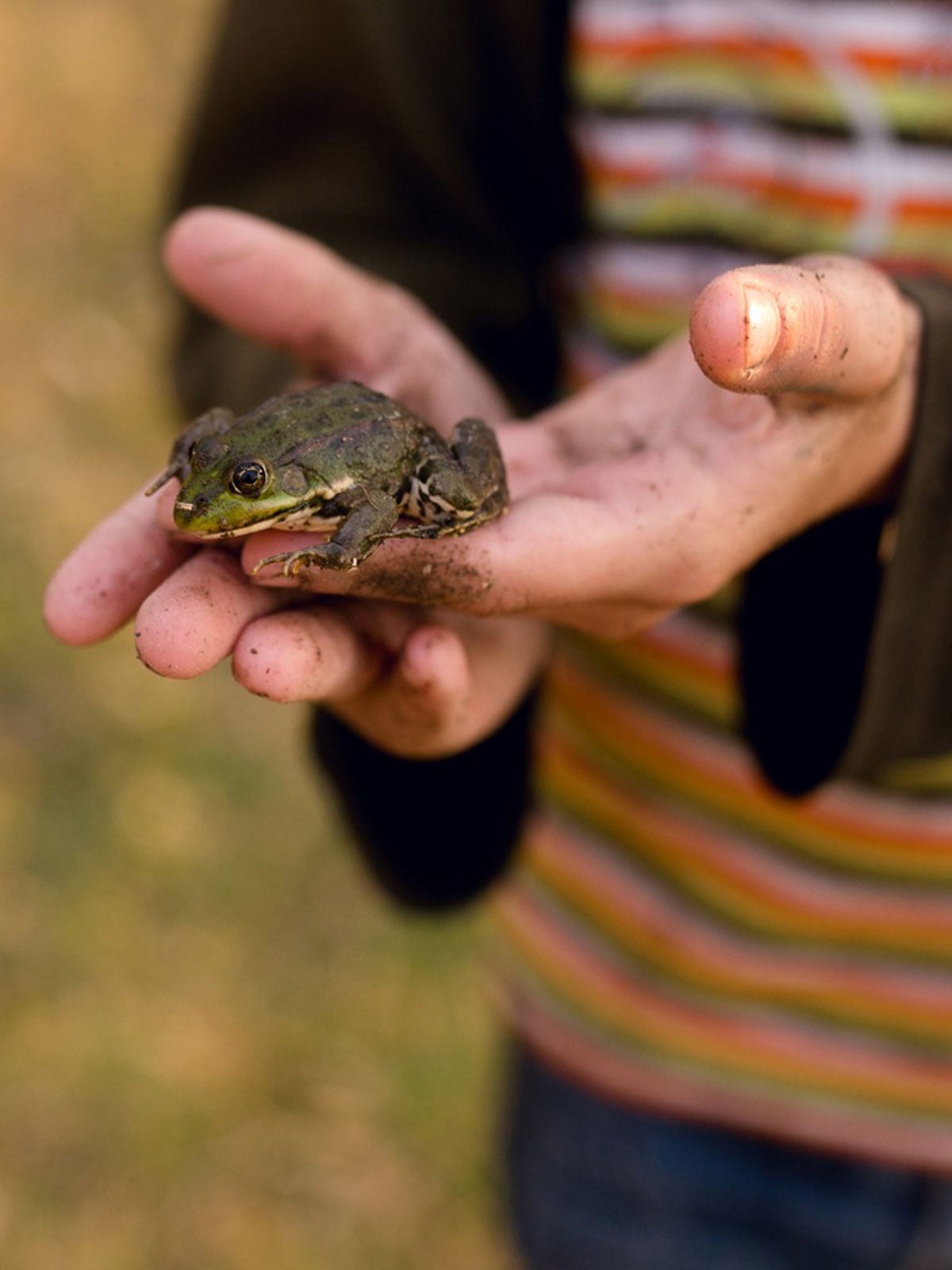Identifying Wildlife With Kids: Teach Children About Wildlife In Your Garden


Growing a garden is a great way to get children excited about eating fresh produce. However, lessons within the home garden can extend far beyond planting and harvesting. The creation of a small backyard ecosystem is an excellent way to begin teaching kids about wildlife. By planning a garden that is attractive to various native species, children will be inspired to question, explore, and interact with the outdoor space in a whole new way.
Identifying Wildlife with Kids
Wildlife in the garden will vary depending upon the habitat created. Throughout the planning stages, ask children for feedback regarding the types of animals they would like to attract (within reason, of course). This helps encourage engagement in the process.
Creating an attractive garden will include a variety of native perennial plantings, evergreens, shrubs, and wildflowers. Do keep in mind, however, that when you teach children about wildlife, it should not be limited to the plants found in the garden but also other elements like rocks, statues, bird houses, and water features. These all serve as a source of shelter for wildlife living within the growing space.
Teaching kids about wildlife in the garden allows for active, hands-on learning. Further, identifying wildlife with kids allows children to take accountability for their own learning as they explore through their own senses. Carefully observing, taking notes, and researching each garden species will allow children to establish and hone scientific skills, aiding in the development of basic reasoning and critical thinking.
Beyond forming a strong connection to nature and the world that surrounds them, wildlife lessons help kids develop skills which translate directly into the classroom curriculum. By collecting data and information related to real-life experiences, many children will be eager to relay gained knowledge to others through writing and speaking.
Completion of tasks based on real world learning can be especially helpful for kids that struggle with motivation or those having various learning disabilities.
Wildlife in the garden can open a whole new door to learning. From bees, butterflies, and other pollinators to toads, squirrels, birds and even deer, there’s sure to be something educational that stems from their visits in the garden.
Sign up for the Gardening Know How newsletter today and receive a free copy of our e-book "How to Grow Delicious Tomatoes".
Wildlife Lesson Activities
As your kids explore the garden, there are other ways to teach them about wildlife through hands-on activities and discussions. Some of these may include:
- Study animal tracks – With this science and discovery activity, children can look at pictures of different animal tracks and learn which animal makes them. Make some type of flashcard or note that has the animal tracks on it and whenever they find tracks outside in the garden (birds, rabbits, opossums, deer, etc.), they can use their notepads to match it to the animal. This is a great one to revisit in winter when there’s snow on the ground.
- Talk about plants that feed wildlife. Discuss what animals might eat in the garden. Are those growing in your garden? Have your child look for plants for bees or butterflies. Talk about seeds and berries that attract birds. Get younger kids involved by sensory exploring corn kernels and talk about which animals eat corn (deer, turkey, squirrel). Take a stroll through the veggie patch and look for plants rabbits might like, such as carrots and lettuce.
- Make comparisons to plants. Is there a plant in the garden with an animal name? Why might this be? Is it a particular characteristic, like the soft plumes of bunny tail grass, or a favorite food associated with particular wildlife, like bee balm or butterfly weed? Make garden labels for animal plant names. Create a matching game, matching the name to a picture of the plant and include an image of the animal too.
- Take a nature walk. Look for different kinds of wildlife or hide stuffed animals or other toys around the garden and look for “wildlife” that way.
These are just ideas. Use your imagination. Better yet, let your children guide you-- most are filled with questions.

Tonya Barnett has been gardening for 13 years. Flowers are her passion. She has transformed her backyard into a cut flower garden, which she regularly chronicles on her YouTube channel http://www.youtube.com/@tonyawiththeflowers.